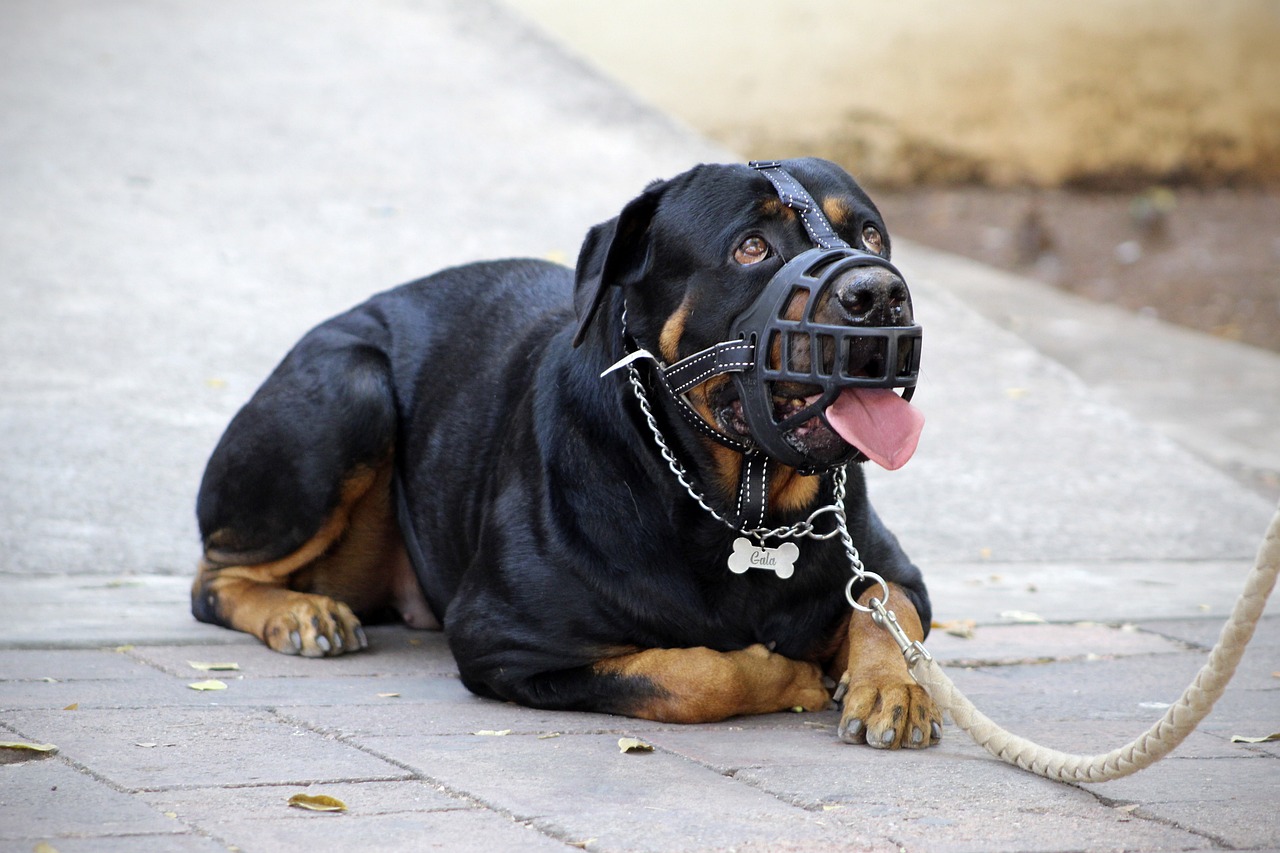 Shutterstock
Shutterstock
When it comes to obedience training, some dogs aren’t just good—they’re natural-born superstars. Certain breeds breeze through commands, read their trainers like an open book, and make every task look like a fun game. These clever dogs don’t just tolerate structure and learning; they thrive on it, always eager for the next challenge. With quick minds and a love for showing off their skills, they turn training sessions into highlight reels. If obedience were a sport, these breeds would already have shelves full of trophies.
Border Collie
 Shutterstock
Shutterstock
Border Collies are the undisputed valedictorians of the dog world. Originally bred for herding, they combine laser-sharp focus with unmatched problem-solving skills. These dogs thrive on mental stimulation and can learn complex commands with shocking speed. Obedience instructors love their eagerness to please, ability to read subtle cues, and near-supernatural ability to anticipate what’s coming next. The only downside? They’re so smart, they might start running the class if you’re not careful.
Poodle
 Shutterstock
Shutterstock
Poodles aren’t just show dogs in fancy haircuts—they’re brilliant, trainable, and incredibly versatile. Available in Standard, Miniature, and Toy sizes, all Poodles are known for their quick learning and enthusiastic participation in obedience work. They pick up on routines and commands quickly and love the positive feedback that comes with nailing every lesson. Instructors appreciate their mix of athleticism and intelligence, which makes them stars in both obedience and agility rings. Plus, their natural flair makes every sit and stay look just a little more fabulous.
German Shepherd
 Shutterstock
Shutterstock
German Shepherds are the working dogs of the obedience world—loyal, intelligent, and always ready to perform. Their natural drive to follow commands, protect their people, and get the job done makes them incredibly responsive in training. Obedience instructors often praise their balance of brawn and brains, as well as their ability to stay focused under pressure. Whether in police work, service roles, or competitive obedience, German Shepherds don’t just participate—they excel. They’re like the straight-A students who also happen to captain every sports team.
Golden Retriever
 Shutterstock
Shutterstock
Golden Retrievers bring a happy-go-lucky attitude to everything they do, including obedience training. Their eagerness to please, coupled with a sharp mind, makes them easy to train and a joy to work with. Obedience instructors love their positivity and consistency. Goldens may not have the intense drive of some breeds, but they more than make up for it in dedication and charm. They’re the type of dog who will sit, stay, and shake your hand with a smile that says, “Was that good? Should I do it again? Want me to do it twice?”
Doberman Pinscher
 Shutterstock
Shutterstock
Dobermans are sleek, profound, and surprisingly brilliant. Bred originally for protection, they possess a keen intellect and a desire to work closely with their handlers. In obedience classes, Dobermans are often top performers thanks to their confidence, loyalty, and lightning-fast command retention. Instructors respect their combination of power and discipline, making them stand out in advanced obedience work. Just make sure you stay one step ahead—they’ll memorize your routine and correct you if you slip up.
Shetland Sheepdog
 Shutterstock
Shutterstock
Shetland Sheepdogs, or Shelties, might look like miniature Lassies, but they pack a lot of intelligence into their fluffy frames. These herding dogs are quick learners, extremely responsive, and love having a task to complete. In obedience settings, their attentiveness and sensitivity to voice cues make them a dream to train. Shelties are also known for their precision—they don’t just sit, they sit perfectly aligned, like they’ve been practicing for a photo shoot. Obedience instructors adore their work ethic and the fact that they seem to enjoy being the best in class genuinely.
Belgian Malinois
 Shutterstock
Shutterstock
Belgian Malinois is often compared to the German Shepherd, but turned up to eleven. These dogs are high-energy, laser-focused, and incredibly smart, making them favorites for elite roles in military and police work. In obedience training, they respond quickly to commands and excel in environments that demand discipline and mental stamina. Instructors appreciate their intensity and drive, though they’re not for the faint of heart or beginner trainer. The Malinois is the dog that wants extra homework—and then finishes it before class starts.
Papillon
 Shutterstock
Shutterstock
Don’t let the dainty ears and small size fool you—Papillons are tiny obedience powerhouses. These toy breeds are packed with intelligence and enthusiasm for learning. They thrive in obedience and agility competitions, surprising many with their speed, accuracy, and willingness to please. Instructors are often delighted by how well Papillons handle complex commands and sequences. They may look like purse dogs, but in the classroom, they’ll show up and outperform half the big dogs without even breaking a sweat.
Australian Shepherd
 Shutterstock
Shutterstock
Australian Shepherds bring energy, brains, and a strong work ethic to every training session. Known for their herding background and desire to stay mentally and physically stimulated, Aussies take to obedience training like it’s their full-time job. They quickly grasp new concepts and are always looking for their next command or cue. Instructors love their focus and versatility—they’re equally at home doing advanced tricks or serious competitive obedience. Just be ready to keep things fresh: a bored Aussie is a plotting Aussie.
The Overachievers Who Would Absolutely Correct Your Homework
 Shutterstock
Shutterstock
These brilliant breeds don’t just show up to obedience class—they steal the show, ace the test, and organize the treat bin before the bell rings. With brains, drive, and charm to spare, they make training look easy and leave instructors grinning from ear to ear. Whether you’re teaching them the basics or prepping for a championship title, these dogs are ready to learn, eager to perform, and always two paws steps ahead. Just be warned: once you’ve had a genius dog, you’ll never look at “sit” the same way again.

 1 month ago
17
1 month ago
17


















 English (US) ·
English (US) ·